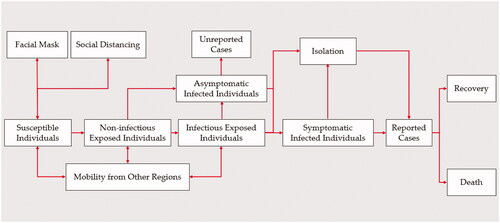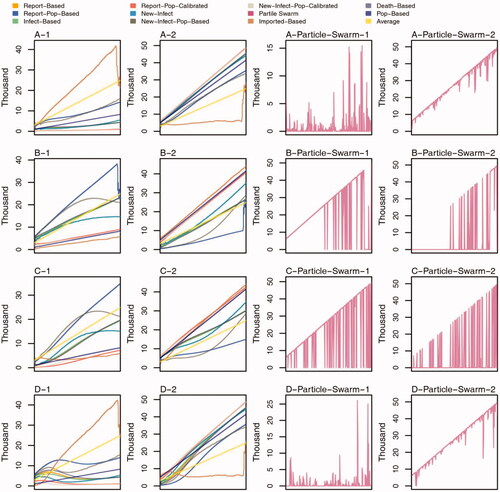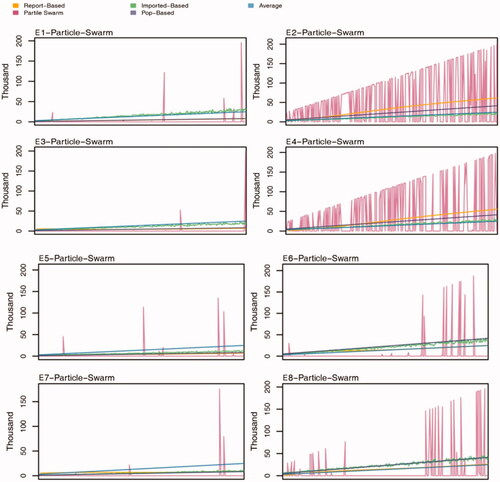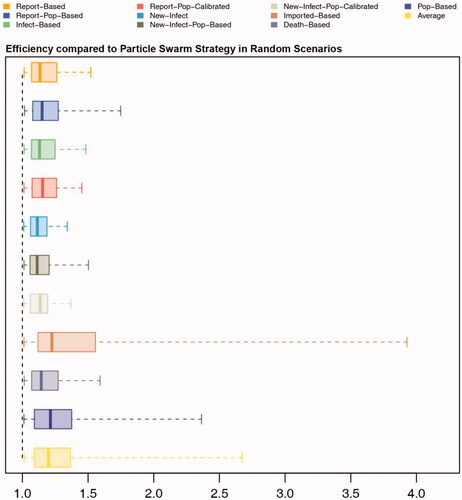Figures & data
Table 1. Health-oriented vaccine allocation strategies.
Table 2. Description of scenarios with different population sizes, prevention and control capabilities and initial number of infections.
Figure 2. Total number of confirmed cases in the two-region model with 12 vaccine allocation strategies.
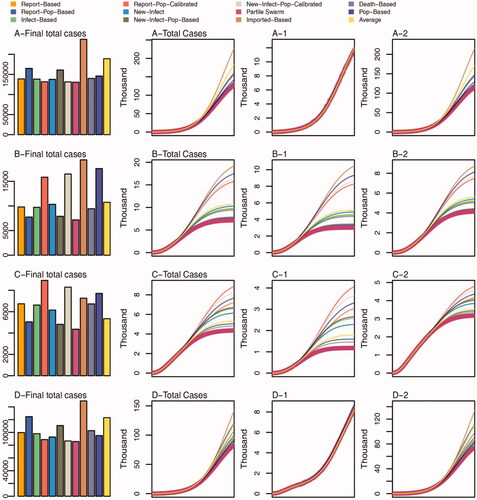
Figure 4. Trajectory of confirmed cases after adopting the 12 vaccine allocation strategies in the eight-region model.
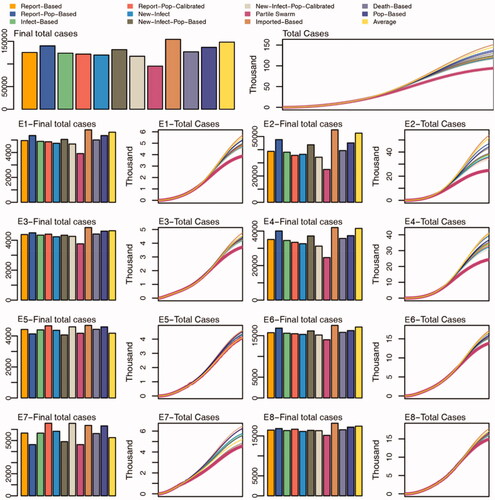
Supplemental Material
Download MS Word (44.2 KB)Data availability statement
Cause the data supporting the findings of this study is virtual, the authors confirm that the data are available within the article and its supplementary materials.

